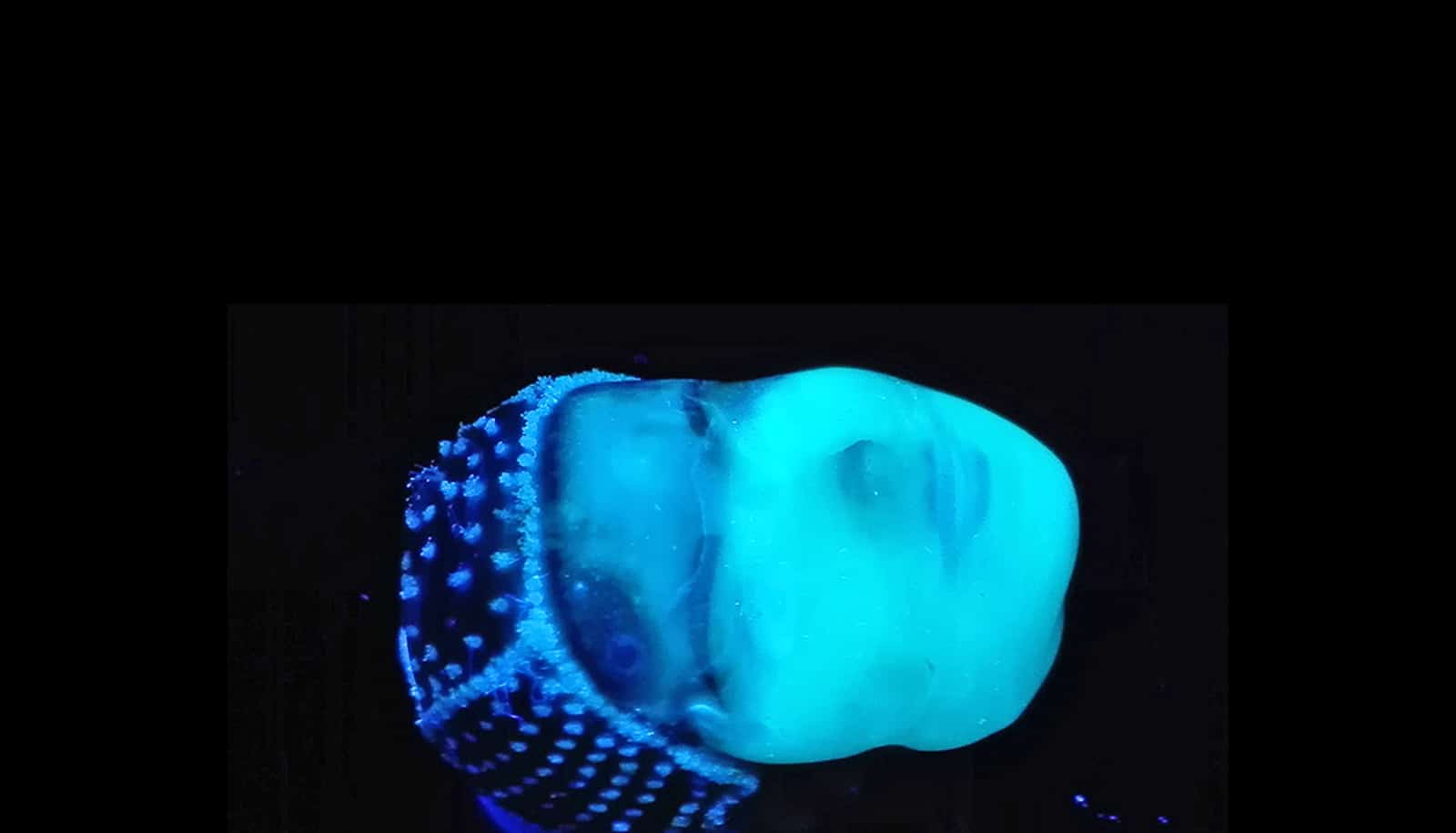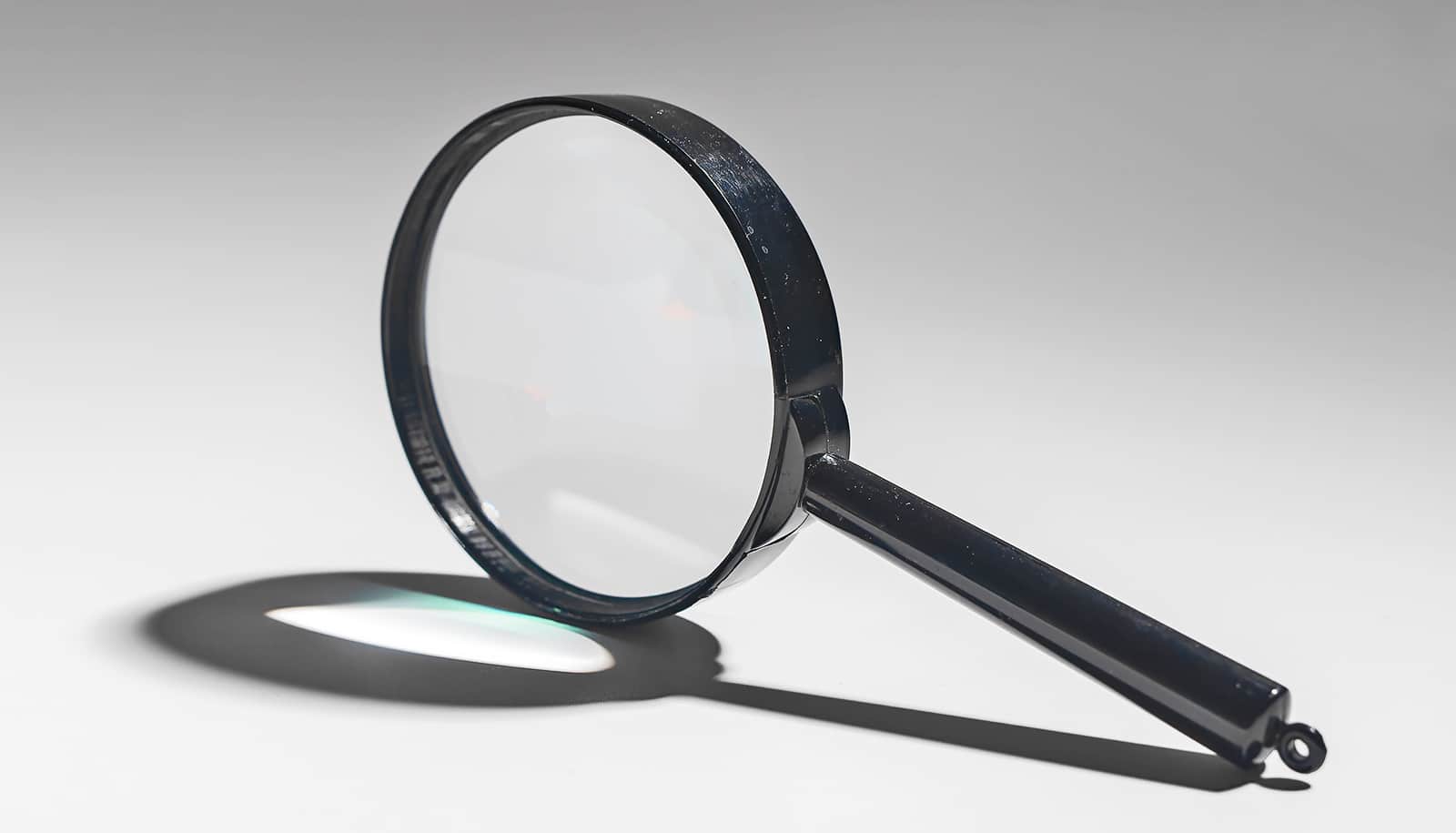Researchers have created a new kind of 3D-printing platform that uses ink containing living bacteria.
The new ink makes it possible to print small biochemical factories with certain properties, depending on the species of bacteria in the ink. The work also paves the way for the production of biological materials capable of breaking down toxic substances or high-purity cellulose for biomedical applications.
The scientists have named their new printing material “Flink,” which stands for “functional living ink.”
Different bacteria, different functions
The new printing platform offers numerous potential combinations. In a single pass, the scientists can use up to four different inks containing different species of bacteria at different concentrations in order to produce objects with different properties.
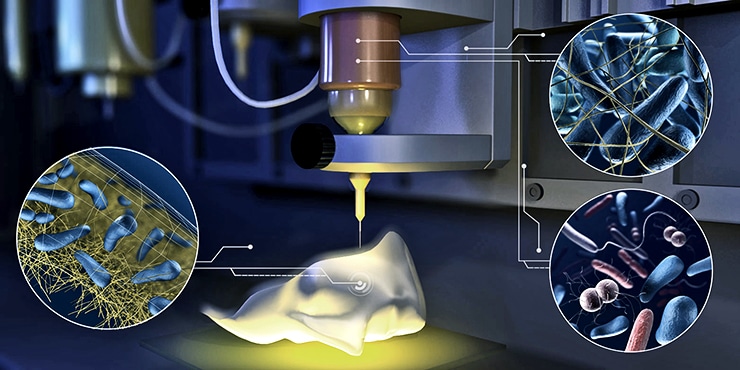
A biocompatible hydrogel provides the ink structure. The hydrogel itself is composed of hyaluronic acid, long-chain sugar molecules, and pyrogenic silica. Researchers mix the culture medium for the bacteria into the ink so that the bacteria have all the prerequisites for life.
Using this hydrogel as a basis, the researchers can add bacteria with the desired “range of properties” and then print any three-dimensional structure they like.
André Studart, head of the Laboratory for Complex Materials at ETH Zurich, and first authors Patrick Rühs and Manuel Schaffner used the bacteria Pseudomonas putida and Acetobacter xylinum in their work.
The former can break down the toxic chemical phenol, which is produced on a grand scale in the chemical industry, while the latter secretes high-purity nanocellulose. This bacterial cellulose relieves pain, retains moisture, and is stable, opening up potential applications in the treatment of burns.
‘Between toothpaste and hand cream’
During the development of the bacteria-containing hydrogel, the gel’s flow properties posed a particular challenge: the ink must be fluid enough to be forced through the pressure nozzle.
The consistency of the ink also affects the bacteria’s mobility. The stiffer the ink, the harder it is for them to move. If the hydrogel is too stiff, however, Acetobacter secretes less cellulose.
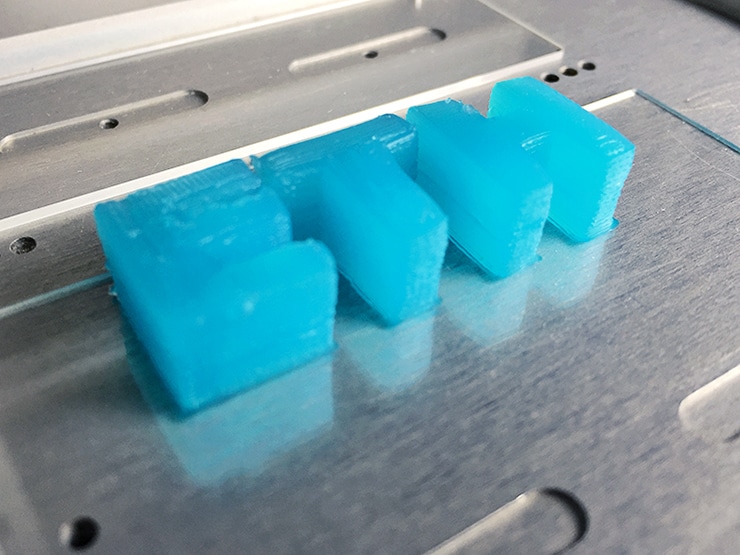
At the same time, the printed objects must be sturdy enough to support the weight of subsequent layers. If they are too fluid, they collapse under the weight, making it impossible to print stable structures.
“The ink must be as viscous as toothpaste and have the consistency of Nivea hand cream,” is how Schaffner describes the successful formula.
As yet, the material scientists have not studied the lifespan of the printed minifactories. “As bacteria require very little in the way of resources, we assume they can survive in printed structures for a very long time,” says Rühs.
However, the research is still in its initial stages. “Printing using bacteria-containing hydrogels has enormous potential, as there is such a wide range of useful bacteria out there,” says Rühs, who blames the bad reputation attached to microorganisms for the almost total lack of existing research into additive methods using bacteria.
“Most people only associate bacteria with diseases, but we actually couldn’t survive without bacteria,” he says. The researchers believe their new ink is completely safe; the bacteria they use are all harmless and beneficial.
Potential applications
The researchers imagine many potential uses for their new platform beyond applications in medicine and biotechnology.
For example, the printed objects could be used to study degradation processes or biofilm formation. One practical application might be a 3D-printed sensor containing bacteria that could detect toxins in drinking water. Another idea would be to create filters for use in disastrous oil spills.
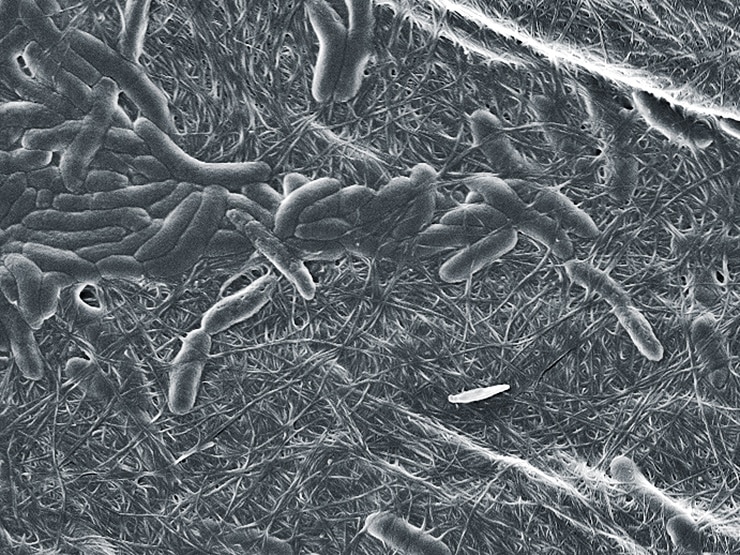
First, it will be necessary to overcome the challenges of the slow printing time and difficult scalability. Acetobacter currently takes several days to produce cellulose for biomedical applications. However, the scientists are convinced that they can further optimize and accelerate the processes.
5 ways 3D printing could totally change medicine
The researchers report their findings in the journal Science Advances.
Source: ETH Zurich
